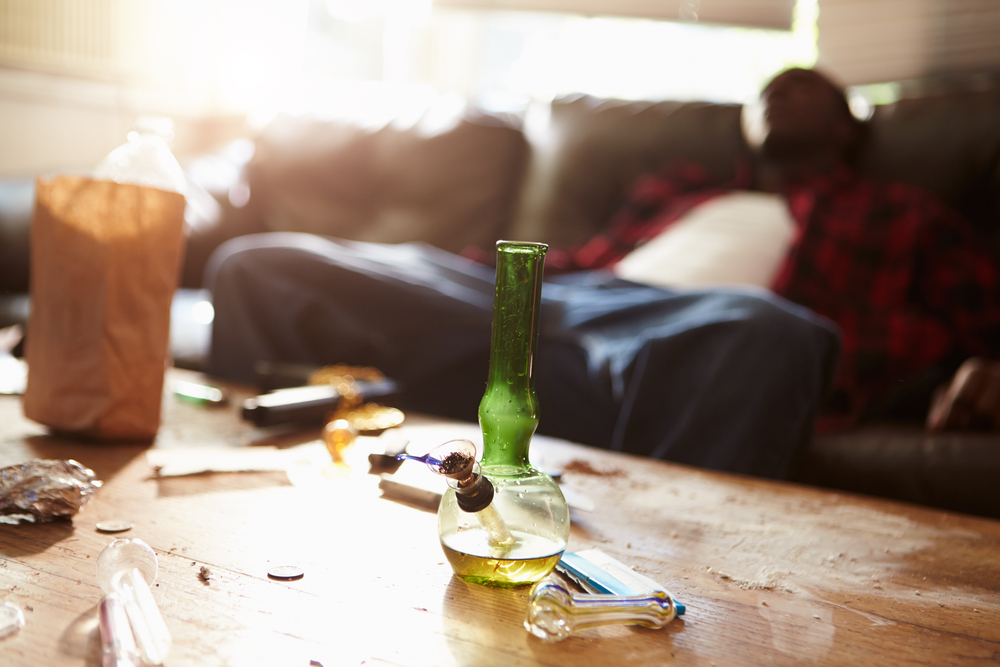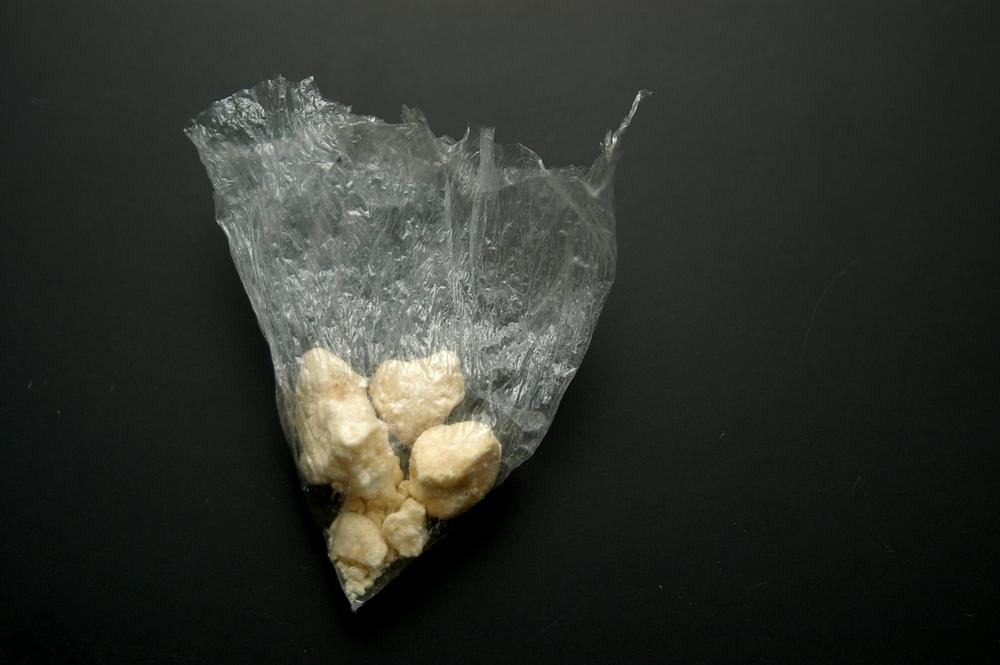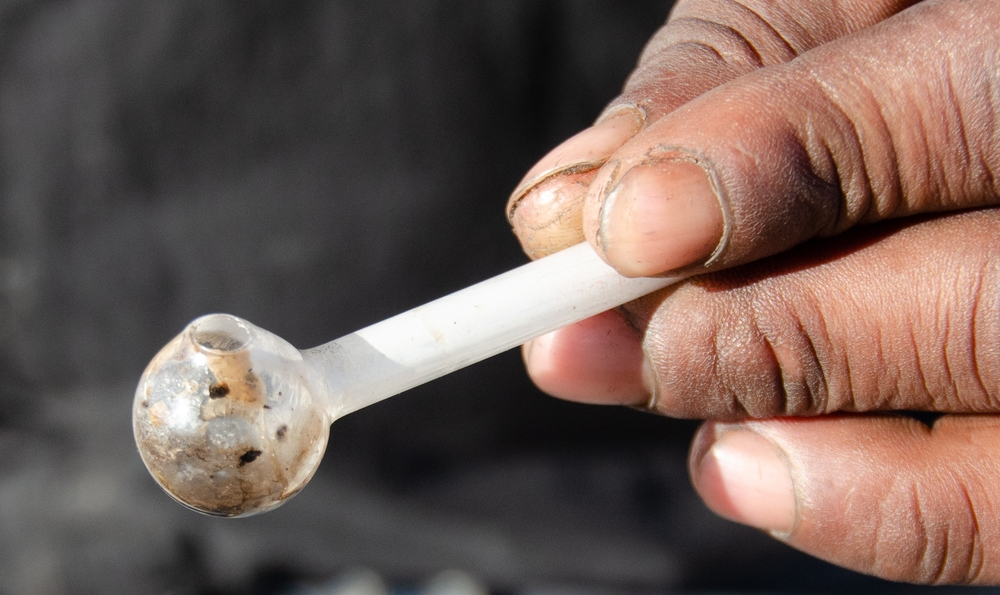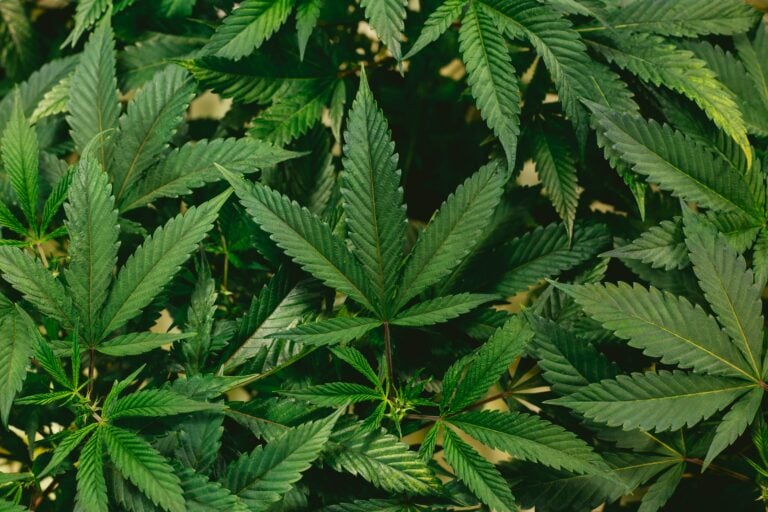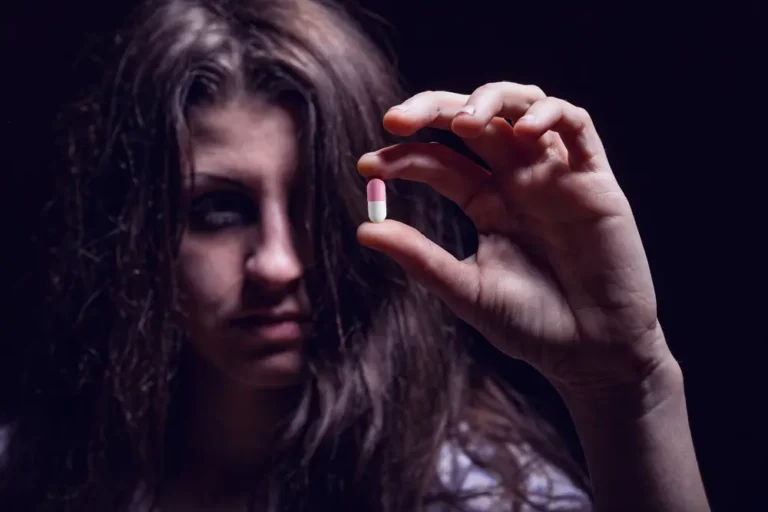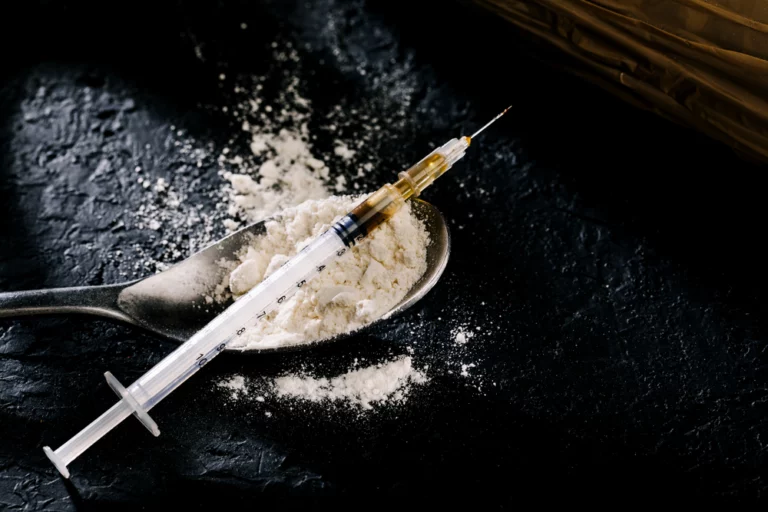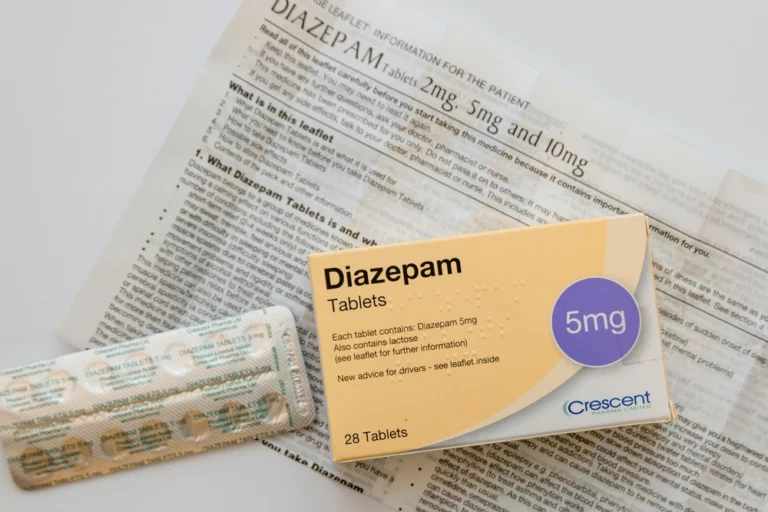The term crackhead, although insensitive and derogatory, is still frequently used to describe individuals struggling with a crack cocaine addiction. An individual suffering from crack addiction is usually unable to conceal it. Crack cocaine is highly addictive, and addicts must take breaks to smoke every 15-20 minutes. It also has a mental addiction that can be so intense that it prevents addicts from focusing on regular conversations. In short, crackhead is used to describing a crack cocaine addict who is acting erratically and appears disheveled as a result of their frequent crack cocaine use.
In this article, we will cover the meaning of the word crackhead, the signs of crack cocaine addiction, the dangers of using crack cocaine, and treatment options for addicts.
What is the Meaning of the Word Crackhead?
The slang term “crackhead” was first coined in June 1986 in a Times article, a few months before Congress passed the Anti-Drug Abuse Act, which increased the penalties for crack-related offenses. A person displaying physical signs of being addicted to crack cocaine is often called a “crackhead.” “Junkie” and “druggy” are also synonyms frequently used. According to the Collins English Dictionary, a crackhead is described as a habitual user of crack cocaine.
Signs Someone is Addicted to Crack Cocaine
The signs of crack addiction are easily recognizable, particularly regarding physical appearance and behavior. The drug is highly addictive and can lead to various physical and psychological symptoms. Several signs and symptoms can indicate someone is addicted to crack cocaine.
Visible Signs
The following are the visible signs of crack cocaine addiction and are considered “crackhead” behaviors:
- Increased energy
- Euphoria
- Talking rapidly
- Experiencing muscle spasms or “twitches”
- Feeling of invincibility
- Burnt fingers
- hallucinations
- Burnt or blistered lips from smoking a crack pipe
- Dilated pupils
- Aggression
- Lack of personal hygiene
- Picking scabs on the skin
- “Coke bugs” or the feeling of bugs crawling in the skin
Behavioral Signs
The following are behavioral indicators of crack cocaine addiction. These vary based on the severity of the addiction itself. Signs include:
- Intense mood swings
- Lack of appetite
- Insomnia
- Paranoia
- Psychosis
- Mania
- Volatile behavior
- Intense cravings
- Participation in risky behaviors
What Does Crack Look Like?
Crack cocaine is a very powerful form of cocaine. It is an illegal drug manufactured through a complicated process, including baking soda, resulting in white or off-white ‘rocks.’ They can be either white or yellow in color, and they vary in size and shape. These rocks may have been adulterated with caffeine, sugar, lactose, or levamisole, among other substances. These can be mixed to add potency, replicate effects, or simply bulk up the weight or appearance so drug dealers can sell them for a higher price.
Effects of Using Crack Cocaine
When you smoke crack, the effects reach your brain immediately. Some of these effects, however, only last for about 15 minutes before others begin to take effect. The most common effect of crack cocaine is the euphoric rush it provides. This effect is what makes crack so addictive. Euphoria is a state of intense pleasure and contentment. However, this effect is short-lived and usually lasts no longer than 15 minutes.
Using crack cocaine also results in various short-term side effects, including decreased appetite and sleep deprivation. Because this substance slows down the digestive process, you require less food. In addition, some individuals believe they are more productive when using this drug because they require less sleep.
Paranoia, panic, and anxiety are among the adverse consequences of crack use. These mental issues appear after the drug’s euphoric effects wear off.
Dangers of Crack Cocaine Addiction
An individual who uses crack goes through a brief, intense high and then plunges into severe depression, irritability, and a craving for more of the drug. People who use crack often don’t eat or sleep properly. People who consume the drug can experience increased heart rate, muscle spasms, convulsions, paranoia, anger, hostility, and anxiety, whether they’re using it or not. Crack cocaine addiction increases the likelihood of the following:
Heart Attack
An accumulation of crack cocaine in a person’s system can cause their heart’s muscular walls to thicken and blood vessels to constrict, increasing heart rate and blood pressure. When this happens, they may also experience chest pain. All of these effects together increase their risk of having a heart attack.
Psychosis
Long-term crack cocaine use can also cause cocaine psychosis. Crack cocaine may temporarily affect mental health functions, but long-term use can also result in cocaine psychosis. In other words, psychosis causes you to become disconnected from reality, which results in hallucinations, delusions, and incoherence.
Death
Smoking crack cocaine can be lethal. Crack cocaine or the substances it is mixed with may cause sudden death. Death from crack cocaine may result from various causes, including an allergic reaction, cardiac arrest, or even a coma.
Signs of Crack Cocaine Addiction
Someone addicted to crack cocaine will exhibit extreme levels of energy and stimulation that far exceed any average level of excitement. A drug user under the influence might act in a manic manner, eating food at an extreme rate (or perhaps not eating at all, despite being deprived of sustenance) or being otherwise hyperactive. Users experience extreme fatigue as the drug wears off, sometimes falling asleep wherever they are and remaining asleep for days.
Being high on crack cocaine results in impulsivity, resulting in poor school, work, and other everyday behavior. Regular sleep patterns are virtually impossible when using crack cocaine, which throws off regular attendance at school, work, and other commitments. Users who use crack cocaine experience superhuman stimulation and immeasurable fatigue, resulting in violent and unpredictable mood swings. This may make them dangerous and violent to others, particularly those who try and stop crack use. Those who have quit crack cocaine for a while may suffer severe depression and suicidal thoughts.
Seeking out crack is a sign of substance abuse and addiction, not only because the addict wants the drug but also because the addict is craving the drug. For most people, ending a habit when the drawbacks outweigh the benefits is a rational choice. Someone addicted to crack cocaine might not always be able to weigh things clearly and objectively, especially if they are addicted. A drug addict hooked on crack cocaine might either vigorously deny that the drug is the source of their issues or be unable to control their intense physical and psychological cravings for more of the same.
Snorting crack is also a frequent method used. When cocaine is snorted, a habitual crack user frequently bleeds from the nostrils and passages. Long-term use may cause permanent damage to the nasal lining and passages, depriving a person of the ability to smell anything. When cocaine is snorted, the mucous linings of the throat are also damaged, making swallowing and talking difficult. Some individuals can be identified by a hoarse voice or chronic sore throat due to the drug.
The Stigma of Crackheads
The term “crack head” has become a widely recognized and stigmatizing term for someone addicted to crack cocaine. This term is often associated with negative stereotypes and derogatory connotations, which stigmatizes individuals who struggle with addiction.
The stigmatized image of the “crack head” is often characterized by the physical and behavioral symptoms associated with crack addiction, such as emaciation, erratic behavior, and poor hygiene. This image reinforces the negative stereotypes of addiction and portrays individuals struggling with addiction as morally weak, lacking willpower, and undeserving of empathy or respect.
This stigmatization can negatively affect individuals addicted to crack, such as social exclusion, discrimination, and even violence. It can also prevent individuals from seeking help and support, as they may fear being judged or ostracized by others.
Treatment Options for Crack Addiction
It is critical to seek treatment for crack cocaine dependence. A crack habit may result in death or permanent mental damage if left untreated. The client must be carefully monitored during crack withdrawal to break the physical addiction. Withdrawal from crack is difficult to achieve without professional assistance. Therefore it should be done in a clinical treatment environment. The craving for crack should be controlled without expert help. Withdrawal should be done in a hospital or treatment facility where doctors can monitor the patient’s vital signs, ensure that there is no risk of relapse, and dispense medications to assist.
A crack addiction detoxification procedure typically lasts a week. After the client no longer has physical cravings for the drug, the addiction’s mental damage must still be addressed. Depending on its severity and other factors, inpatient or outpatient programs are available for treating crack addiction. Therapy in these locations is geared towards helping clients learn from their errors to enhance their mental health in the future and avoid making similar choices and lifestyle choices that led them to abuse crack.
After treatment, a client will likely be linked to an aftercare program or a peer-led recovery group. Since many 12-Step recovery groups are based on the Alcoholics Anonymous method, which emphasizes connecting with other recovering addicts, holding each other accountable, and providing emotional and social support after surviving crack cocaine addictions, having a phone call to trusted buddies and sponsors is especially helpful for relapse prevention.
Crack Cocaine Addiction Treatment at Knoxville Recovery Center
Each substance abuse problem is confronted directly at Knoxville Recovery Center to assist patients in overcoming their illnesses and living as contributing members of society. We provide our clients with comprehensive and holistic addiction treatment plans to address the root of addiction in various ways.
You don’t have to keep suffering any longer. Contact us right away so that we can assist you in overcoming your addiction once and for all.



